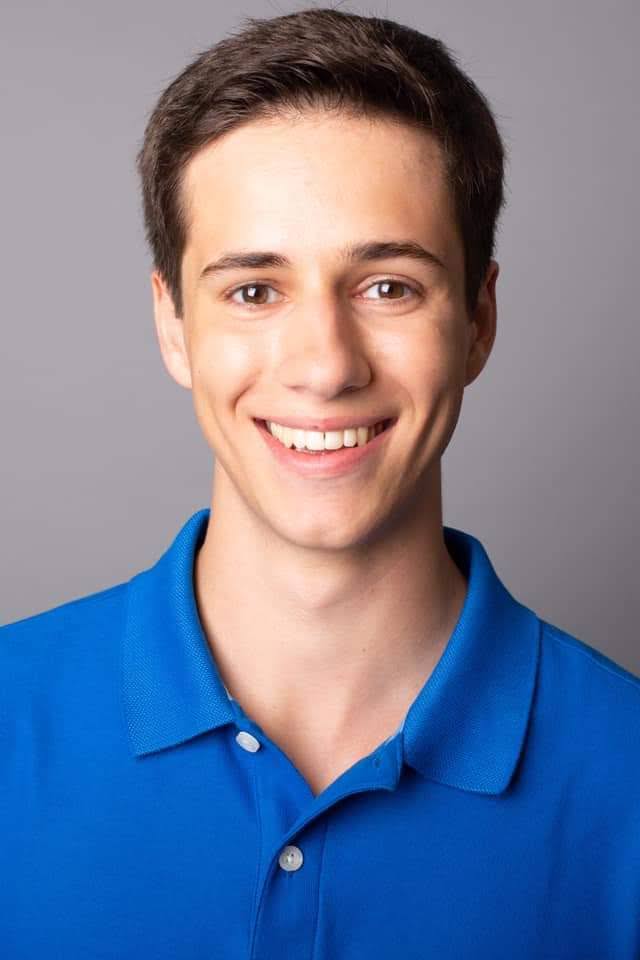Research
My Research Experiences
ARC Lab -
Since the summer of 2019, I have been an undergraduate research assistant with the MABE Welding Group at the University of Tennessee under Dr. William R. Hamel. This team aims to automate deep grove, single-V welding using a Liburdi P300 welding robot and the help of an added camera and a Keyence laser scanner. The goal is for this robot to plan its path for the weld groove, complete the weld, and scan the weld looking for flaws before the next weld. The team is also using a Kuka welding arm to develop a method for large-angle 3D printing so that metal can be used to print overhangs and eventually print upside down.
With this group I have assisted with code development, maintenance of the Liburdi machine, and fabrication of new parts. I used Labview to write code that makes a 3D plot from the data collected by the Keyence scanner and a subsystem of the main control code that live-plots the data of the weld groove collected by the Keyence in relation to the welding tip and the filament feeder.
HyperCool -
From late July to September of 2019, I was sent to work with the HyperCool project team at Oak Ridge National Laboratory. This team’s aim was to design and implement a new Spatial Neutron Modulator (SNM) into the Neutron Spectrometer, VISION, at ORNL’s Spallation Neutron Source. This new module design automates the creation of the mask matrices used for compressive imaging by rotating two Boron Carbide disks. These disks have a partially-filled grid pattern. Rotating these disks allows neutrons to pass through the masks in randomized locations. An algorithm predicts the orientation of these masks using motor encoder data, combines this pattern with measured voltage from a neutron detector behind the mask, and reconstructs a Vibrational Response Spectrum of the test sample.
My work on this project was to perform experiments using the HyperCool Module in one of ORNL’s laser laboratories, The Quantum Sensing Lab. The goal was to use a 3D-printed version of the module and a visible laser to reconstruct an image of the number “0” using the compressive imaging process. I performed ten experiments using four unique mask pairs, used Labview and Arduino control systems to gather motor position and voltage data for each mask configuration, and used a Matlab algorithm to reconstruct an image. During my time working on HyperCool, a test did not successfully reconstruct an image of the target letter, but the testing provided important information that will guide the next iterations of the module design and implementation.
